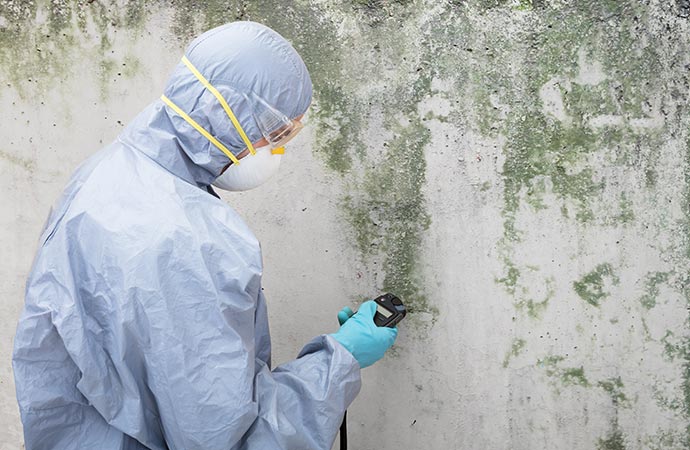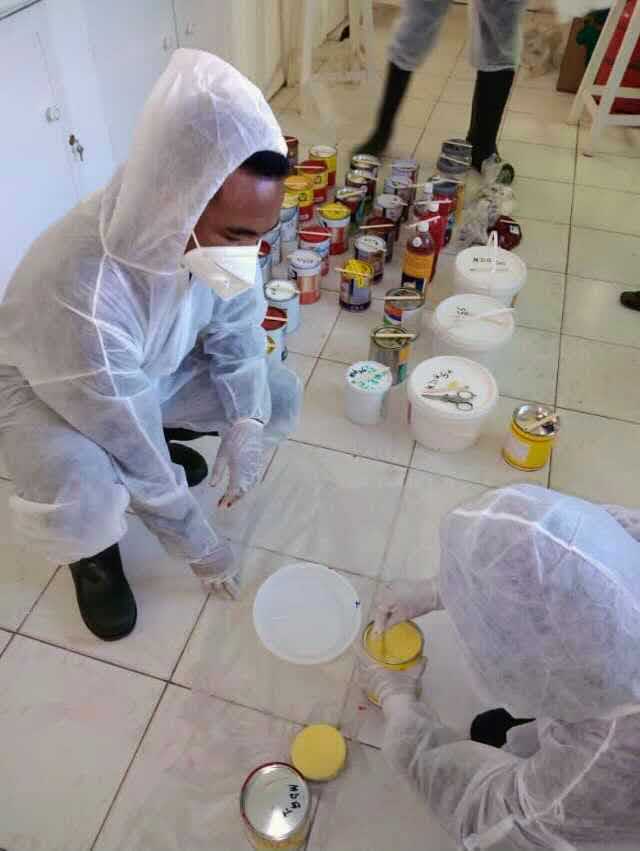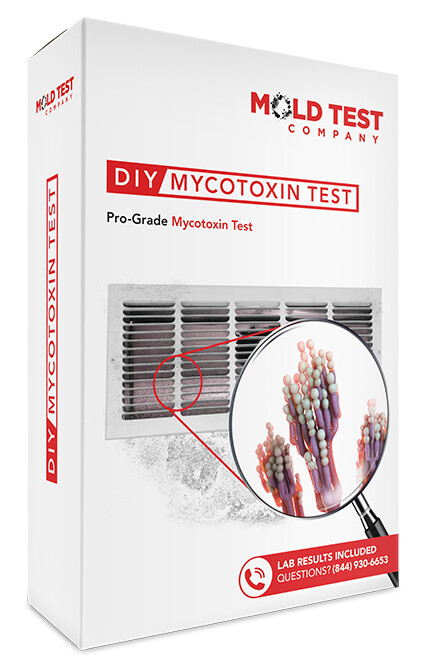The Necessity of Mycotoxin Testing in Agricultural Products to Make Sure Consumer Safety
The requirement of mycotoxin screening in agricultural products is an essential element of public wellness and safety that calls for extensive exam. Mycotoxins, harmful compounds generated by certain fungi, can infiltrate numerous crops, leading to considerable health and wellness threats for customers, such as cancer causing results and organ damage.
Recognizing Mycotoxins
Mycotoxins, toxic secondary metabolites produced by specific fungi, provide a substantial threat to farming items and human wellness. These substances are produced by different types of mold and mildews, such as Aspergillus, Fusarium, and Penicillium, which can contaminate plants both pre- and post-harvest - Mycotoxin testing Services. One of the most common mycotoxins include aflatoxins, ochratoxin A, fumonisins, zearalenone, and deoxynivalenol (DON)
Mycotoxin contamination can occur under certain environmental problems, such as high humidity and temperature, which prefer the growth of mold. Agricultural items like cereals, nuts, flavors, dried out fruits, and coffee are specifically at risk. The presence of mycotoxins in these products can bring about substantial financial losses as a result of minimized crop yields and the necessity for strenuous testing and decontamination procedures.
Understanding the biochemical nature and formation of mycotoxins is essential for creating efficient mitigation approaches. Research study has revealed that mycotoxins display a range of chemical frameworks and buildings, making discovery and elimination tough. Advanced logical techniques, consisting of chromatography and mass spectrometry, are used to determine and evaluate mycotoxins in farming items, ensuring that contamination levels continue to be within risk-free restrictions developed by regulative bodies.
Health Dangers of Mycotoxins
Given the considerable risks connected with mycotoxins in agricultural items, comprehending their influence on health and wellness is critical. Mycotoxins, hazardous additional metabolites generated by fungi, position severe risks to both human and animal health. Chronic direct exposure, also at reduced degrees, can bring about a series of unfavorable health results, including carcinogenicity, teratogenicity, and immunosuppression. Aflatoxins, amongst one of the most well-known mycotoxins, are classified as Group 1 carcinogens by the International Company for Research on Cancer Cells (IARC), mainly influencing the liver and raising the risk of hepatocellular carcinoma.
Severe mycotoxin poisoning, although much less typical, can cause severe and immediate health and wellness problems such as liver damages, stomach disturbances, and hemorrhaging. Ochratoxin A, an additional powerful mycotoxin, is connected to kidney damage and has prospective carcinogenic results. On the other hand, fumonisins, largely affecting maize, are related to esophageal cancer cells and neural tube problems.

Common Resources of Contamination
Recognizing the usual resources of contamination is important for successfully managing and reducing the threats presented by mycotoxins. Mycotoxins are hazardous second metabolites generated by particular kinds of fungis, which can contaminate agricultural items at numerous phases of storage space, production, and processing. The primary sources of contamination include area conditions, post-harvest handling, and storage space atmospheres.
Field conditions play a considerable function, with elements like climate, plant susceptibility, and soil health and wellness influencing fungal development. Plants such as corn, peanuts, wheat, and tree nuts are particularly susceptible to mycotoxin-producing fungi like Aspergillus, Fusarium, and Penicillium varieties. Inadequate crop turning and bad parasite management can worsen the danger of contamination.
Post-harvest handling is one more critical point where contamination can happen. Mechanical damages during harvesting and transport develops entry points for fungi, while improper drying out strategies can leave wetness degrees high sufficient to sustain fungal development.
Storage space environments contribute dramatically to contamination threats. Poorly important source kept storage space centers with high humidity and temperature degrees produce optimal problems for mycotoxin production. Routine examinations and proper storage conditions are crucial in suppressing this danger.
Mycotoxin Evaluating Techniques
Reliable administration of mycotoxin contamination hinges not just on identifying potential resources but likewise on applying robust testing methods to find these damaging compounds. Mycotoxin testing approaches can be extensively categorized into chromatographic and immunochemical strategies. check this High-performance liquid chromatography (HPLC) and gas chromatography-mass spectrometry (GC-MS) represent sophisticated chromatographic methods understood for their high level of sensitivity and precision. These methods are experienced at evaluating several mycotoxins in complicated matrices, making them important for detailed analysis.
On the various other hand, enzyme-linked immunosorbent assay (ELISA) and lateral flow assays are noticeable immunochemical approaches. ELISA, in certain, is widely utilized due to its cost-effectiveness, simplicity of use, and fast turn-around time. Lateral flow assays supply fast, on-site testing capabilities, making them suitable for field applications where immediate decisions are necessary.
Additionally, advancements in molecular biology have introduced PCR-based methods capable of spotting mycotoxin-producing fungi at hereditary degrees, supplying an anticipating strategy to contamination threat. Incorporating these diverse methods enhances the integrity and comprehensiveness of mycotoxin discovery, making certain that farming products fulfill safety and security criteria and shielding consumers from potential health dangers.
Benefits of Regular Examining

Routine mycotoxin screening supplies substantial benefits that considerably boost farming safety and quality. Mycotoxins, harmful substances produced by certain fungi, can pollute food and present severe health threats, including cancer cells and acute poisoning.
Moreover, constant screening aids in keeping the honesty and credibility of agricultural manufacturers. By carefully managing and keeping an eye on mycotoxin degrees, manufacturers can stay clear of lawful consequences and expensive recalls. This not only makes sure compliance with strict worldwide safety standards yet also fosters consumer trust and loyalty.

Verdict
The necessity of mycotoxin testing in agricultural products is underscored by the significant wellness dangers positioned by these harmful substances. It improves the credibility of producers and cultivates depend on within the agricultural supply chain, ultimately safeguarding public wellness.
The requirement of mycotoxin testing in farming products is an essential you can try here element of public health and safety and security that calls for extensive examination. Mycotoxins, poisonous substances generated by specific fungi, can penetrate various plants, leading to significant wellness dangers for consumers, such as carcinogenic results and body organ damages.Mycotoxins, toxic secondary metabolites produced by particular fungi, offer a significant danger to farming items and human wellness.Given the significant dangers associated with mycotoxins in farming products, recognizing their effect on health and wellness is extremely important (Mycotoxin testing Services).The need of mycotoxin testing in farming products is highlighted by the considerable health and wellness threats posed by these toxic compounds